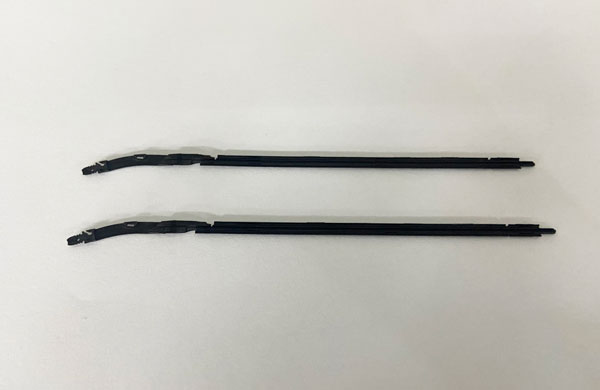In the process of plastic molding, the overall dimension and precision of plastic moldings are crucial indicators of their quality. So, what factors subtly influence the dimension and precision of plastic moldings?
Firstly, the overall dimension of plastic moldings largely depends on the fluidity of the plastic. Plastics with excellent fluidity can be easily molded into larger-sized parts. For thin-walled moldings or plastics with poor fluidity, caution is needed when performing injection molding or compression molding to control the part size, lest the melt fails to fully fill the mold cavity or forms weld lines that affect the appearance and structural strength. To ensure good molding results, we also need to consider the plastic molding process and the wall thickness of the plastic parts, such as appropriately increasing the molding temperature, increasing the molding pressure, and designing the wall thickness reasonably.
In addition, the part size is also limited by the molding equipment. The size of injection-molded plastic parts needs to take into account the injection capacity, clamping force, and platen size of the injection molding machine. For compression-molded and transfer-molded parts, the maximum pressure and platen size of the press need to be considered. The degree of conformity between the actual size of the molded part and the size in the product drawing is referred to as the dimensional accuracy of the plastic part, which directly depends on the molding process and the materials used. Provided that the usage requirements are met, we should try to design the dimensional accuracy of the plastic parts more reasonably to reduce processing difficulty.
So, what specific factors affect the dimensional accuracy of plastic parts?

Firstly, the manufacturing precision of the plastic mold has a crucial impact on the dimensional accuracy of the plastic parts. When designing a plastic mold, we not only need to consider the parting surface to ensure smooth molding and ejection of the plastic parts but also fully consider the fluidity of the melt during molding, including the distribution of the runner, the position of the gate, venting design, and the cooling or heating system of the mold.
Secondly, fluctuations in plastic shrinkage rate are also an important factor affecting the dimensional accuracy of plastic parts. The crystallinity, fluidity, material temperature of the plastic, as well as the mold temperature, injection pressure, holding pressure, plasticizing back pressure, molding cycle, etc., all have varying degrees of influence on the shrinkage rate, which in turn affects the dimensional accuracy of the plastic parts.
Thirdly, the wear of the plastic mold during the molding process is also a factor that cannot be ignored. Wear on the mold will cause changes in the mold dimensions, thereby affecting the dimensional stability of the plastic parts.
Fourthly, changes in the molding process conditions, such as variations in flash thickness and the setting of the draft angle, will also have a certain impact on the precision of the plastic parts.
In summary, this article provides an in-depth analysis of the multiple factors affecting the dimensional accuracy of plastic moldings, aiming to provide useful references and insights for readers. In the process of plastic molding, we need to comprehensively consider the aforementioned factors to ensure the stability and reliability of the dimension and precision of plastic moldings.